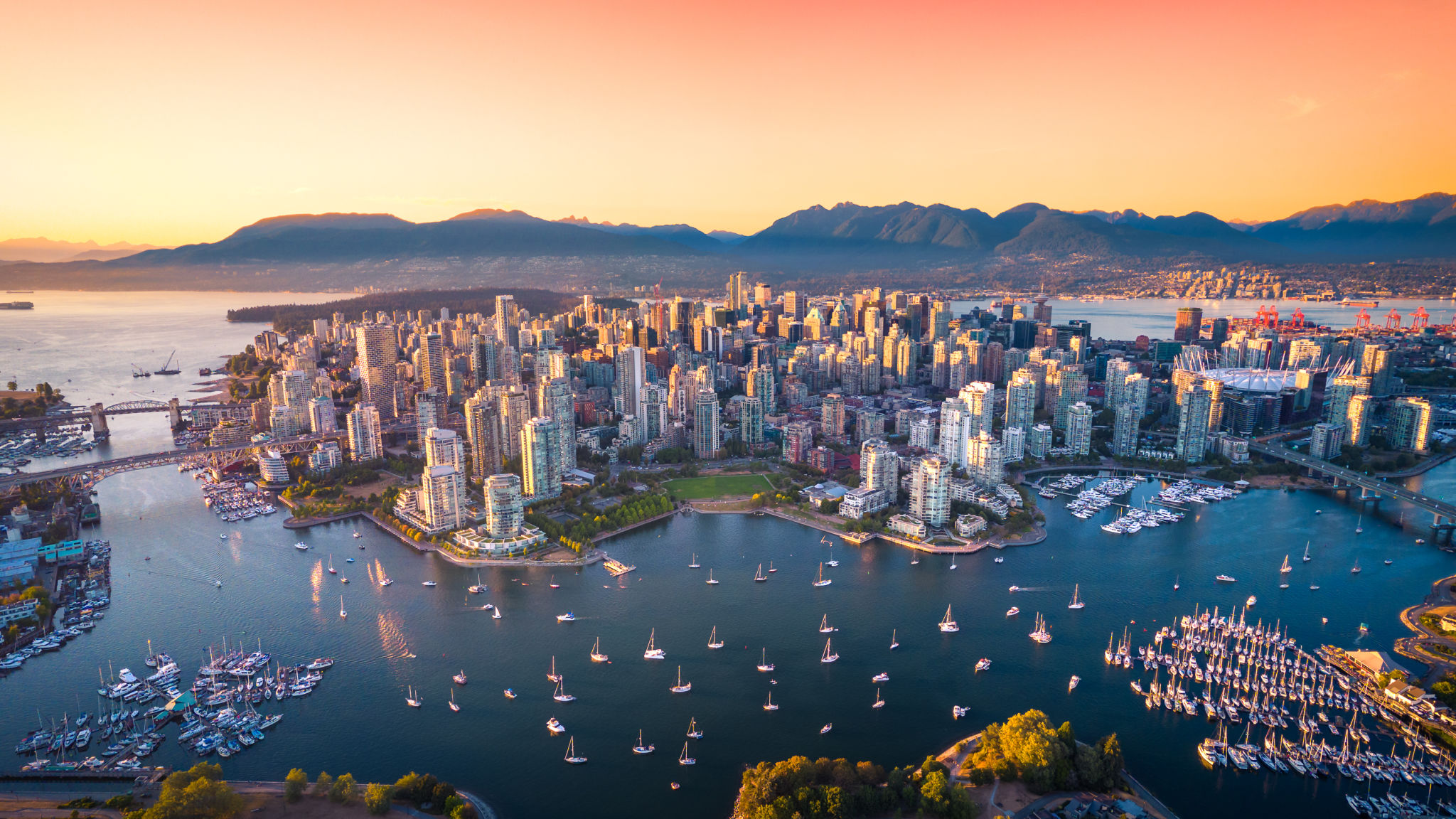Navigating the Architectural Landscape: Trends and Innovations in West Africa
AA
Introduction to West African Architecture
West Africa, a region rich in cultural diversity and historical significance, boasts a vibrant architectural landscape that reflects its unique identity. From traditional designs to contemporary innovations, the architecture in this part of the world is undergoing an exciting transformation. As urbanization accelerates and global influences merge with local traditions, understanding these trends becomes crucial for architects, developers, and enthusiasts alike.
Embracing Sustainable Design
One of the most significant trends in West African architecture is the shift towards sustainability. Architects are increasingly incorporating eco-friendly materials and designs that minimize environmental impact. This includes the use of locally sourced materials such as bamboo, mud bricks, and recycled metals, which not only reduce carbon footprints but also support local economies.
Furthermore, there is a growing emphasis on energy-efficient structures. Solar panels, natural ventilation systems, and rainwater harvesting technologies are being integrated into building designs to promote environmental responsibility. These innovations are paving the way for a more sustainable future in West African urban development.

Reviving Traditional Techniques
While modern innovations are pivotal, there is also a renewed interest in preserving and reviving traditional architectural techniques. Vernacular architecture, which utilizes age-old construction methods and local materials, is making a comeback. This approach not only celebrates cultural heritage but also offers practical solutions to contemporary building challenges.
For instance, the use of adobe and thatched roofing is being reimagined to enhance thermal insulation and create aesthetically pleasing structures that blend seamlessly with their surroundings. This fusion of old and new demonstrates a respect for tradition while embracing progress.
Urbanization and High-Rise Developments
As cities across West Africa expand rapidly, there is an increasing demand for high-rise buildings. Urban centers like Lagos, Accra, and Dakar are witnessing a boom in skyscraper construction. These developments are reshaping city skylines and providing much-needed residential and commercial spaces.
However, the challenge lies in balancing high-density living with quality of life. Architects are tasked with designing structures that are not only functional but also enhance urban living through thoughtful design elements such as green spaces and communal areas.

Technology Integration in Architecture
The integration of technology in architectural design is another trend gaining momentum in West Africa. Building Information Modeling (BIM) and digital design tools are being utilized to create more efficient and precise architectural plans. These technologies allow architects to visualize projects in 3D, facilitating better decision-making throughout the construction process.
Moreover, smart building technologies are being introduced to improve building management and sustainability. From automated lighting systems to smart HVAC solutions, these innovations are enhancing the functionality and efficiency of modern structures.
Conclusion: The Future of West African Architecture
The architectural landscape in West Africa is at an exciting crossroads. By embracing sustainability, reviving traditional techniques, addressing urbanization challenges, and integrating advanced technologies, architects are crafting a future that respects cultural heritage while meeting contemporary needs. As these trends continue to evolve, West Africa stands poised to become a beacon of innovative architectural practices on the global stage.

